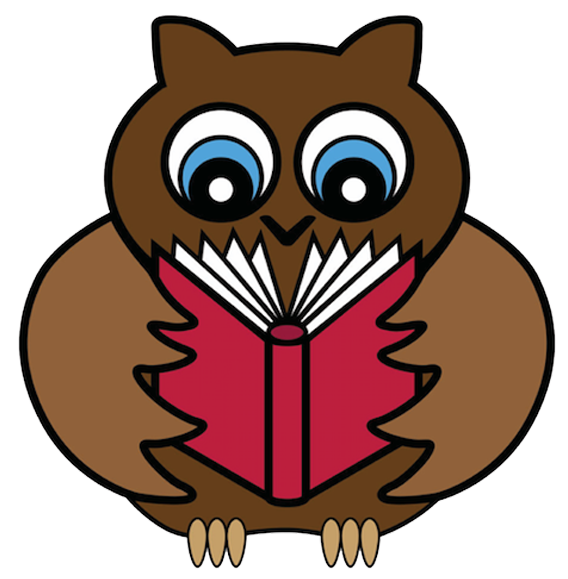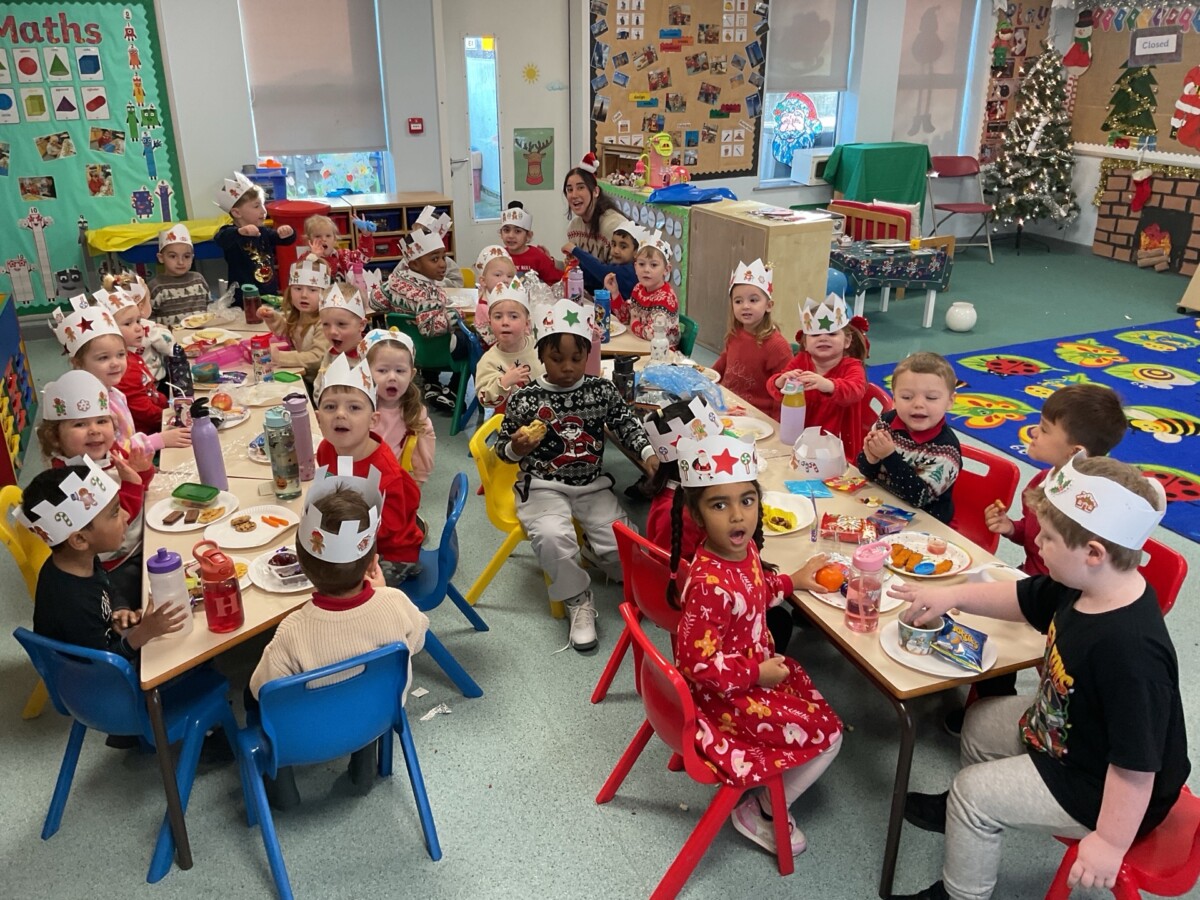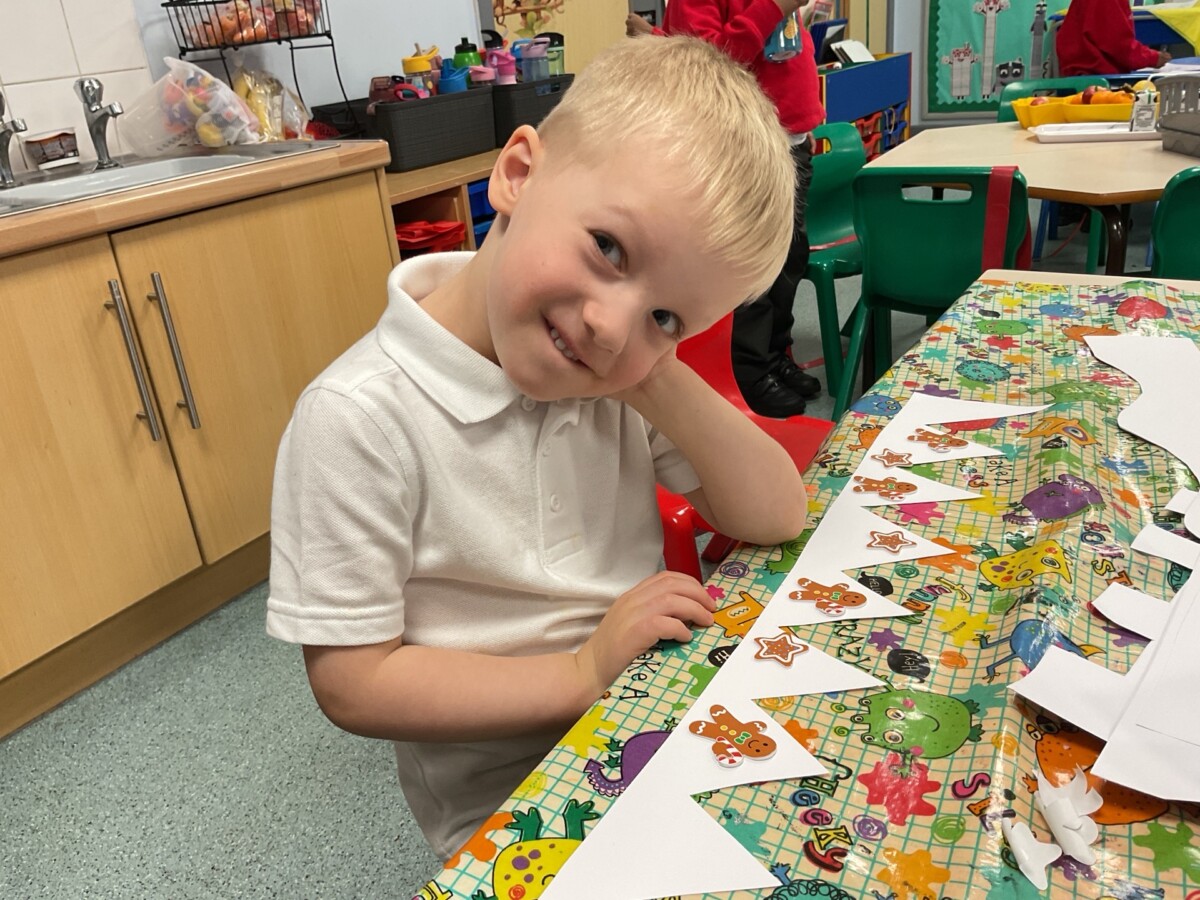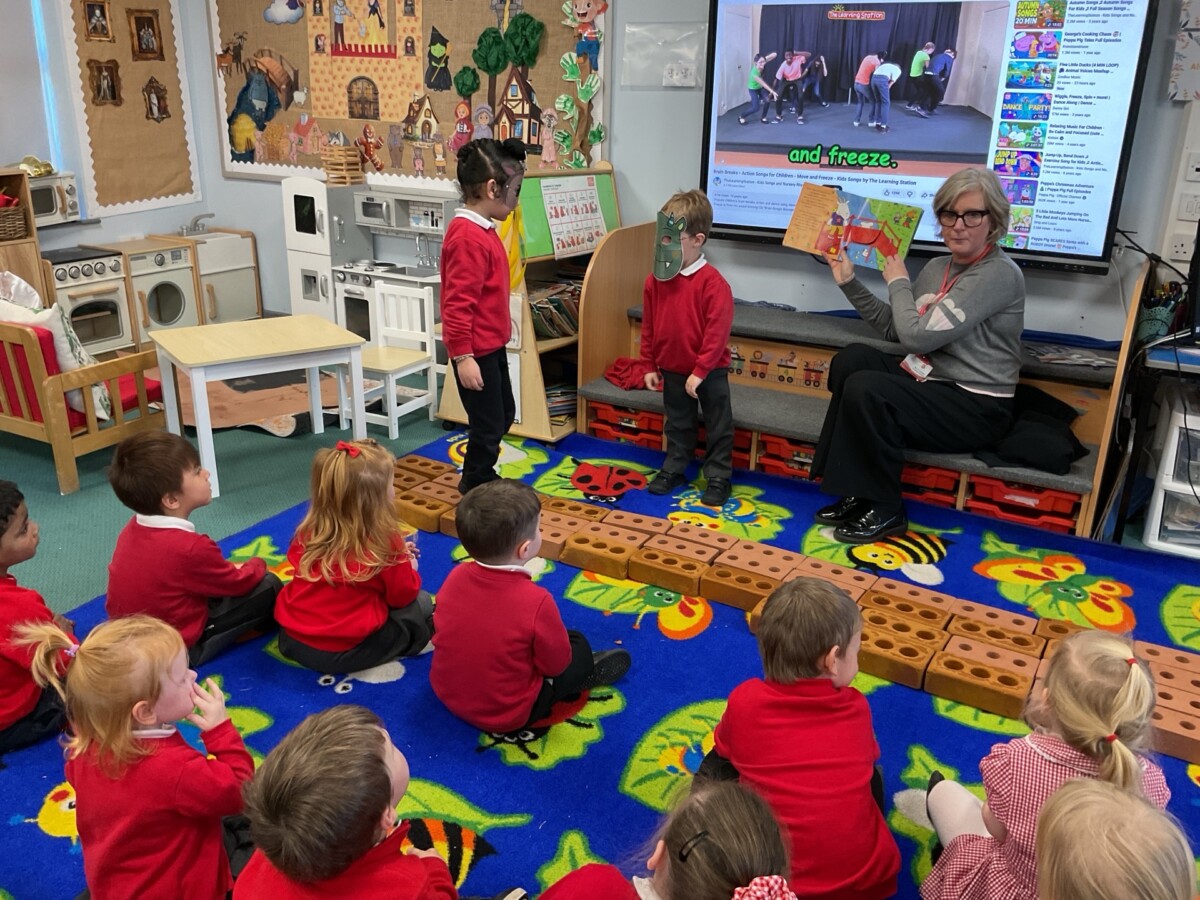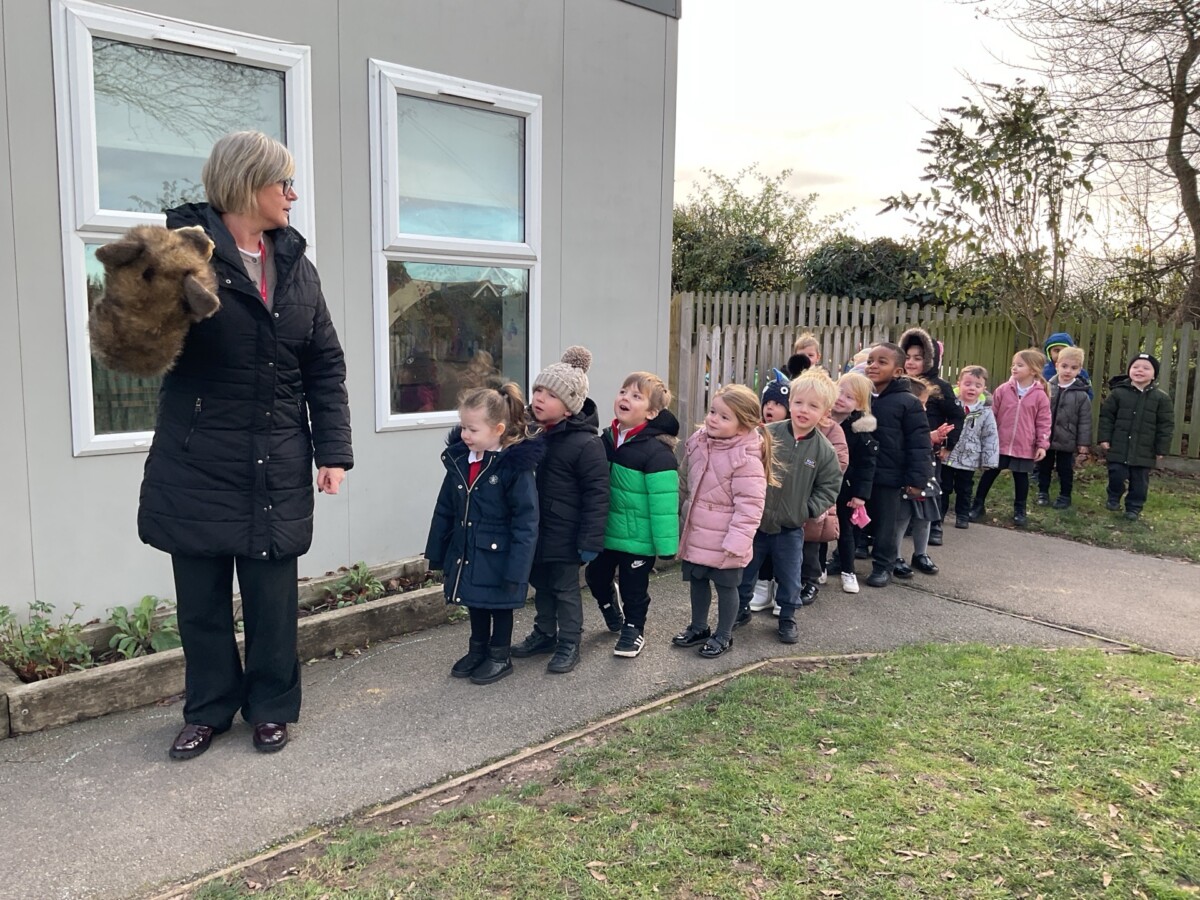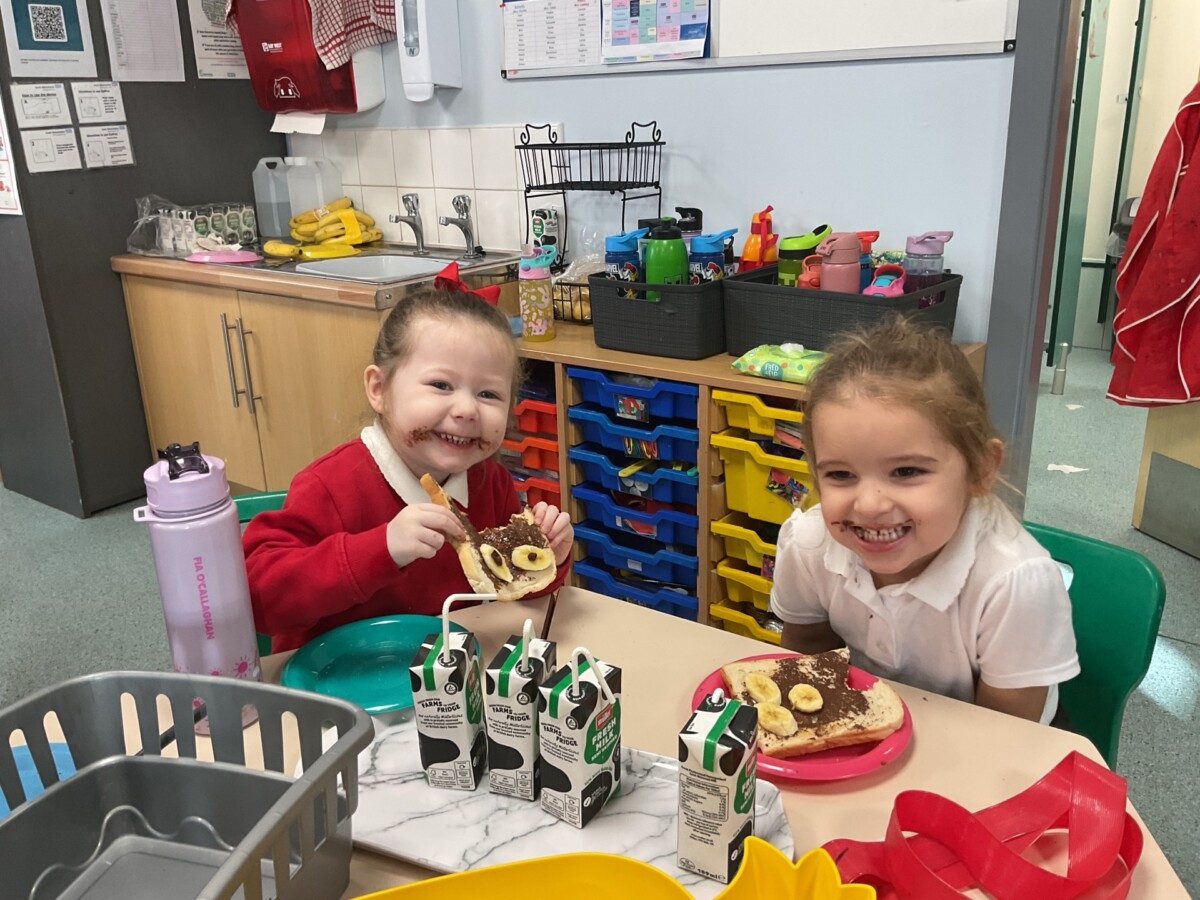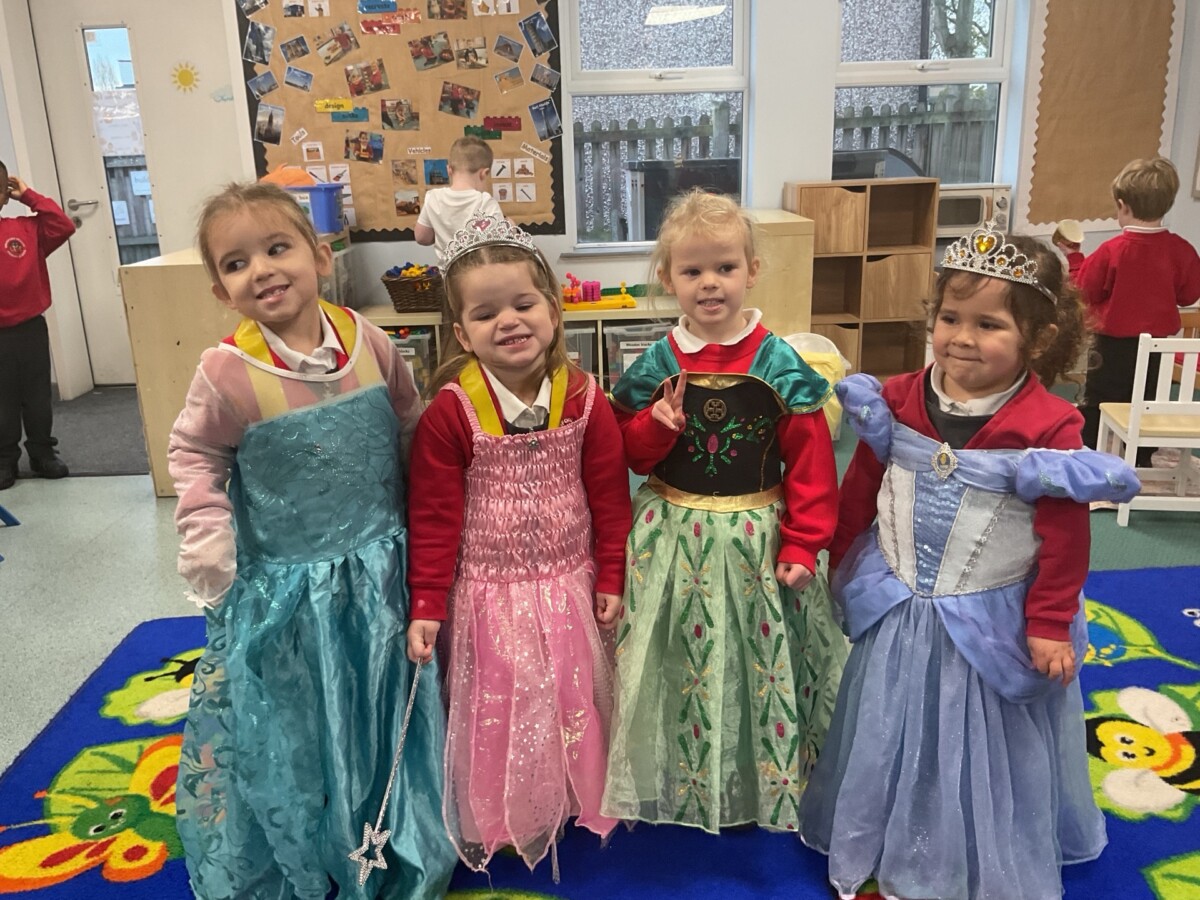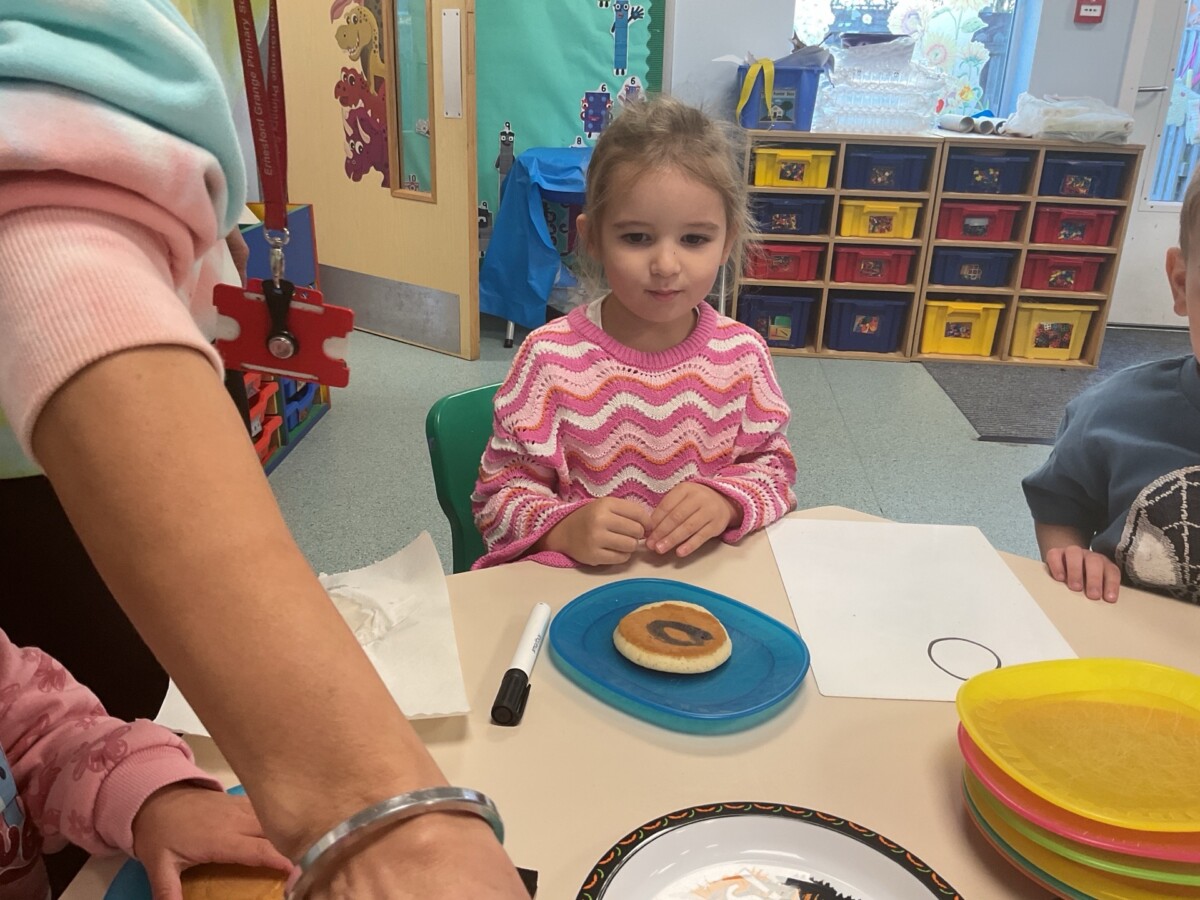Our Nursery Christmas party was filled with music, games, giggles and plenty of festive sparkle. The highlight of the day was a very special visit from Santa, which brought lots of excitement and smiles all round!
Author: Sian Chatha
Nursery had a brilliant week creating Christmas crowns for our upcoming party, using repeated patterns with gingerbread men, sweets, stars and other festive stickers. The children also investigated mysterious eggs and made predictions about what might be inside!
We started our new Maths topic, Shape. We have been learning about 2-D shapes. In Science, we learned about animal habitats.
We became builders, storytellers and little designers in nursery this week! The children explored The Three Little Pigs and The Three Billy Goats Gruff, constructing houses and bridges and acting out what happened next. Lots of creativity, teamwork and fantastic language developed through play.
This week, the children have loved exploring fairytales, especially Little Red Riding Hood. They enjoyed retelling the story and joining in with the repeated refrain. We also had great fun learning how to play What’s the Time, Mr Wolf? – the children were brilliant at following the rules and running away from the wolf! A wonderful week of imagination, storytelling
This week is Anti-Bullying Week, so on Monday we came in odd socks. We started our Geography topic with looking at maps and finding different places on them, around the world. In Design and Technology, we followed a recipe and made Eton mess! In Maths we practised subtracting two 2-digit numbers across 10. Finally, Children in Need Day!
This week we celebrated Odd Socks Day, learned about being a good friend for Anti-Bullying Week, made poppies for Armistice Day and enjoyed Pudsey toast and dressing up for Children in Need. A lovely week of learning, remembrance, kindness and helping others.
We have had such an exciting first week back at Nursery, filled with fun activities, new learning and lots of smiles! Take a look at what we have been up to.
We painted the initial of our first names on a pancake using food colouring mixed with water and a paintbrush. We then got to enjoy eating them with some banana and milk. Yummy!
